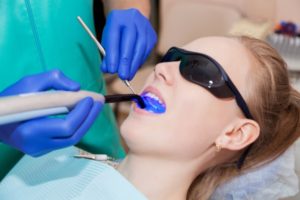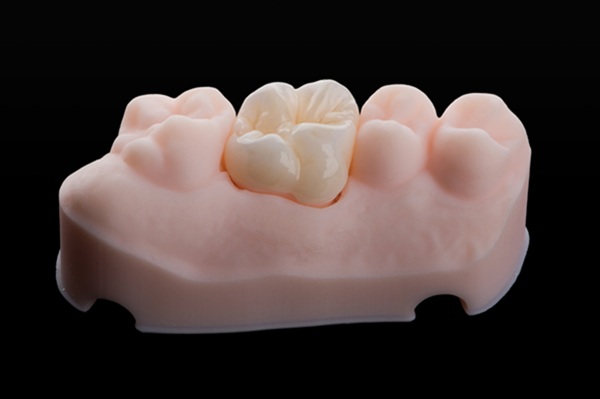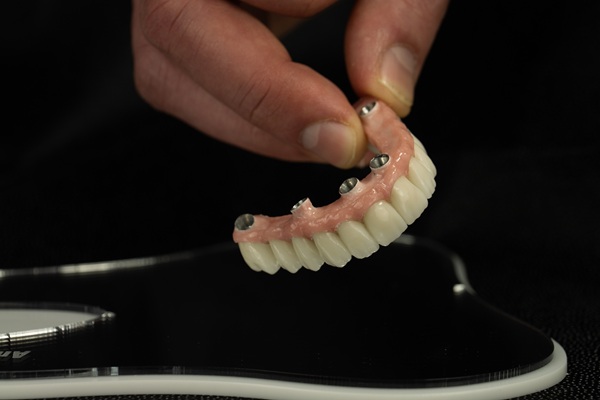6 Tips When Using Teeth Whitening Strips

Nowadays, it seems like everyone is interested in teeth whitening. The common question is which type of teeth whitening product is ideal. Many turn to teeth whitening strips as they seem harmless. These strips are also appealing as they can be applied with ease.
Here is a look at the top tips for using teeth whitening strips.
Consistency Matters
Teeth whitening strips should be applied to the teeth on a daily basis. Do not skip a day! Continue to apply your teeth whitening strips across the entire period of time noted in the instructions. In most cases, teeth whitening strips are meant to be applied every day for at least two full weeks.
Brush Your Teeth Prior to Application
Use a wet toothbrush to brush your teeth before placing the whitening strips in place. Toothpaste is acceptable for use prior to the placement of teeth whitening strips yet it is not absolutely necessary. Refrain from using a toothpaste with fluoride prior to the application of the whitening strips as it can cause the whitening agent to prove ineffective. The whitening agent is essential to beautifying your teeth. Once you brush your teeth, be sure to rinse out your mouth with water. Such brushing and rinsing help open pores in the teeth that must prove accessible in order for whitening to occur.
Avoid Uneven Whitening
Teeth whitening strips must be placed on the teeth with precision. However, it is important to not lose sight of the fact that teeth are hard to fully cover with two-dimensional teeth whitening strips. No matter how careful you are when applying these strips, there will always be teeth that are not fully covered. The portions of the teeth that are not covered will not be as white as other areas. So do not rush through the application process. Take your time and do your best to adequately cover the teeth to produce even whitening.
Use Teeth Whitening Strips in Moderation
These strips are certainly safe to use in moderation. However, overdoing it will cause the teeth to be sensitive. If the strips are applied at an especially high frequency, they might cause permanent damage. It is possible for the strips to erode the protective enamel layer due to overexposure to the whitening agent. The end result could be tooth loss.
Avoid Contact With the Gums
Teeth whitening strips have a bleaching agent that is not as powerful as the variety used by dentists yet this agent still has the potential to damage the gums' soft tissue. It is imperative the whitening strip does not contact the gums. If necessary, cut the strips with scissors so they serve as an aesthetic match with the shape of your teeth.
Do Not Consume Dark Food or Beverages After Whitening
Give your teeth some time after the teeth whitening strips are applied to close their pores. These pores will be open for a couple hours after the strips are applied, making the teeth that much more likely to stain if contacted with foods and beverages of dark hues. Do not consume any dark-colored food or beverages such as chocolate, coffee, soda, berries and wine until later in the day or evening.
Please call Advanced Family Dentistry today at (520) 353-3002!
Recent Posts
There are a lot of ways to go about whitening your teeth, from over-the-counter teeth whitening treatments to professional teeth whitening from a dentist.Given the increase in over-the-counter products, many of which are unregulated, it’s important to do your due diligence before starting the use of over-the-counter whitening treatment. Additionally, when wanting to pursue teeth…
With the demand for radiant, white smiles rising, teeth whitening a has become a global industry worth millions of dollars. Because teeth whitening products are highly prevalent in our culture, it can be challenging for consumers to choose between the various options.Not all whitening treatments are created equal. In fact, the Food and Drug Administration…
Many are familiar with ceramic and metal crowns but may be less familiar with the unique advantages of zirconia crowns for repairing damaged teeth. This review highlights and answers frequently asked questions about zirconia crowns to help you decide if they may be the right type of dental restoration for you.Common questions that patients have…
For patients missing multiple teeth, All-on-4® dentures are an excellent restorative option. These implant-supported dentures can transform a patient's smile. Many patients prefer this type of denture, as it is more secure and natural-looking than a regular denture.Before committing to this procedure, patients need to understand the process. The dentist should explain the benefits of…


